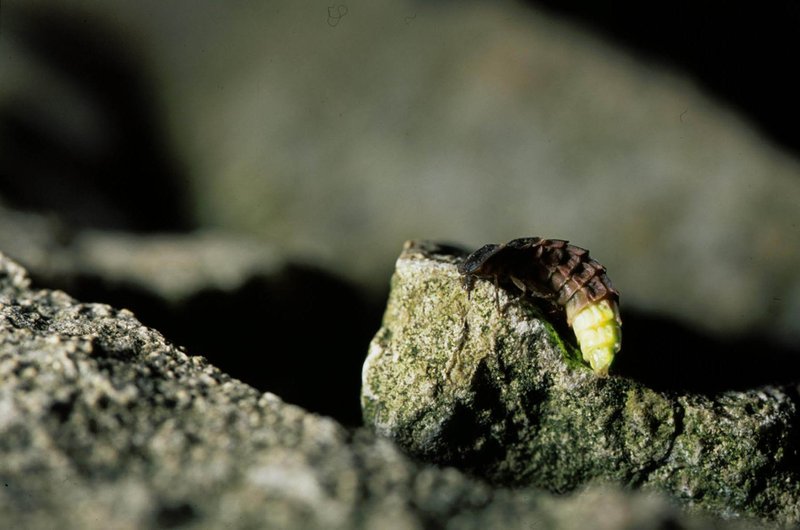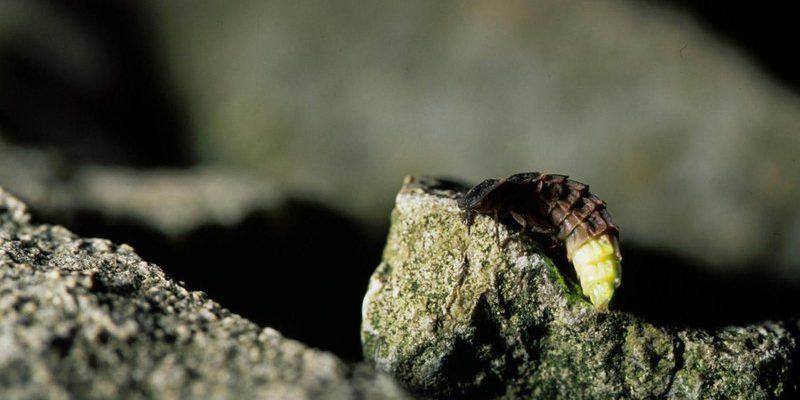
Now, imagine you’re sipping a warm cup of coffee, and I’m explaining how researchers track these fascinating insects. There’s a bit of science behind it, but it’s not as complicated as it sounds. They use several methods, each with its own perks and pitfalls, to gather data. Let’s dive into the world of glow worm population monitoring methods and see how these techniques shine a light on their well-being.
Why Monitoring Glow Worms Matters
Understanding glow worm populations isn’t just about saving the pretty lights in the forest. These creatures are indicators of environmental health. When glow worm numbers drop, it can signal broader issues like habitat destruction or pollution. Monitoring their populations helps researchers assess ecosystem changes and can even inform conservation efforts.
Furthermore, glow worms contribute to the biodiversity of their habitats. Each species plays a role, and by keeping tabs on them, we can understand how they interact with other organisms. This data is crucial for maintaining healthy ecosystems and ensuring that both human and wildlife needs are met.
Another reason to monitor these little luminaries? They capture the imagination of people worldwide, which fosters interest in biodiversity. When we invest in understanding these creatures, we often find that the glow worm’s story sparks greater conservation discussions about the ecosystems they inhabit.
Visual Surveys: A Direct Approach
One of the most straightforward ways to monitor glow worms is through visual surveys. This method involves researchers heading out at night, armed with flashlights and a notepad. They look for the telltale glow of these insects in a designated area, often counting how many are present within a specific timeframe.
While this method can be effective, it also has its challenges. For one, the timing is crucial. Glow worms are typically more active during certain seasons, so researchers must plan their surveys accordingly. Additionally, environmental factors, like moonlight or weather conditions, can affect visibility. You can imagine trying to count fireflies on a bright, full-moon night—tricky, right?
Despite these challenges, visual surveys create a vivid snapshot of the glow worm population at that moment in time. It’s a hands-on approach that allows researchers to connect with the environment in an intimate way.
Light Traps for Data Collection
Another popular method for monitoring glow worm populations involves using light traps. These devices lure glow worms in with artificial light—much like moths are drawn to porch lights. Researchers set up several traps in various locations to collect data on population sizes and distribution.
The neat part about light traps is that they allow for a more controlled environment. They can be placed strategically in areas where glow worms are known to congregate, collecting data over different nights. Afterward, scientists analyze the catch to determine the population across different regions.
However, there’s an important consideration: light traps can inadvertently catch other insects. This means researchers need to sort through the data carefully. They must differentiate between glow worms and other species, which can sometimes look quite similar. But the data gathered is invaluable and often reveals important trends in population dynamics.
Environmental DNA (eDNA) Monitoring
If you’ve ever wished science could make things easier, let me explain the magic of environmental DNA, or eDNA. This innovative method allows researchers to collect samples of soil or water where glow worms might live. By analyzing these samples, scientists can identify the presence of glow worm DNA, even without seeing the larvae or adults directly.
The beauty of eDNA is that it’s less invasive and doesn’t disturb the habitat. Plus, it can provide insights into areas that are hard to access or where glow worm populations might be low. It’s like having a special set of glasses that help you see what’s usually hidden.
However, eDNA monitoring isn’t without its challenges. The presence of glow worm DNA doesn’t always mean a thriving population is nearby. It requires careful interpretation of the data to understand what it all means for glow worm conservation.
Acoustic Monitoring Techniques
Though glow worms are best known for their luminous glow, they also produce sounds during certain phases of their lifecycle, particularly when they’re mating. Acoustic monitoring involves using microphones and recording devices to capture these sounds in various habitats.
This method is intriguing because it opens a new dimension to glow worm monitoring. By tracking their sounds, researchers can collect data on their mating behaviors and activity levels. It’s a bit like listening to a concert of nature!
One of the downsides, though, is that the sounds can be faint and easily masked by other environmental noises. Plus, interpreting these acoustic signals requires a bit of expertise. But when done correctly, it can provide a rich understanding of glow worm behavior and population dynamics.
Citizen Science: Engaging the Community
Engaging everyday people in monitoring glow worms can be both fun and effective. Citizen science projects invite volunteers to help with monitoring efforts, using methods like visual surveys or light traps. This approach not only increases the amount of data collected but also raises awareness about the importance of these creatures.
In many cases, citizen scientists are just as passionate about glow worms as researchers. They bring fresh eyes to a project and often notice things that trained scientists might miss. Plus, it fosters a community spirit as people come together to protect an aspect of their local environment.
Of course, organizing a citizen science project requires some structure. There needs to be training provided, and researchers must establish clear protocols. But the benefits can be immense—turning local citizens into stewards of the environment.
The Future of Glow Worm Monitoring
As technology advances, so do monitoring methods. From drones equipped with cameras to automated light traps, the future appears bright for glow worm population monitoring. These innovations can streamline data collection, making it easier to gather insights into these fascinating creatures.
Additionally, improved data analysis tools are enhancing the ability to interpret complex datasets. Researchers can now use advanced algorithms to reveal trends that would’ve previously gone unnoticed. The integration of technology could lead to significant leaps in our understanding of glow worms and their environmental needs.
Ultimately, as we continue to uncover new methods, the goal remains the same: to ensure that glow worms thrive in their habitats. Their mesmerizing light is not just a natural wonder but also a sign of a healthy ecosystem.
In wrapping this all up, monitoring glow worm populations is crucial for maintaining biodiversity and understanding environmental health. Each method has its strengths and challenges, but when combined, they form a comprehensive picture of these enchanting insects. Whether it’s through citizen science, innovative technology, or traditional methods, every effort counts. And who knows? With enough dedication and curiosity, we might just keep the glow alive for generations to come.

